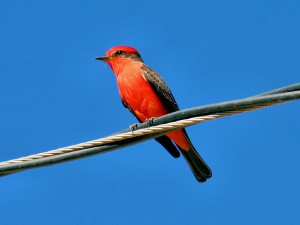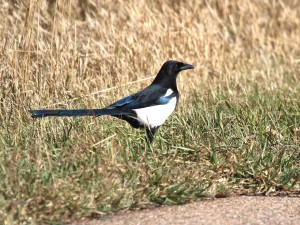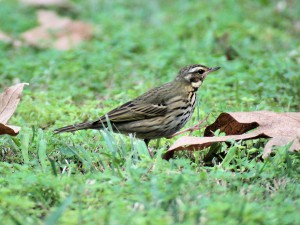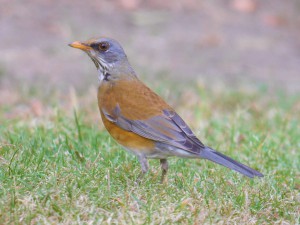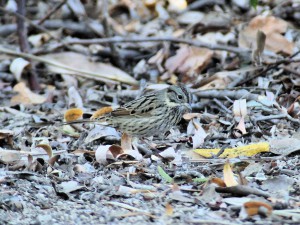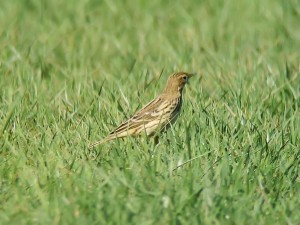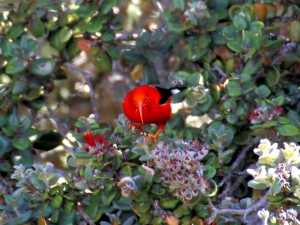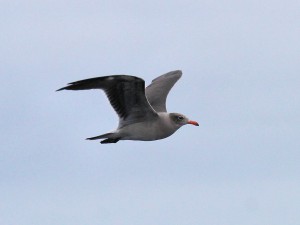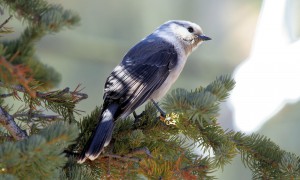
The Gray Jay ranges from east to west across the northern boreal forests of America. “Camp robbers” are what they are popularly know as. They may even fly onto someones hand or head for food.
Description and Family
Gray Jay is unique in appearance, relative to the other crow, jay, and magpie members of the Corvidae family. Its small black bill is the most notable difference. This gives it the appearance of an over-sized chickadee.
The Gray Jay is medium size and fluffy. It is a pale gray jay with a light underside and no crest. All races have black eyes, feet, legs, and bill. In North America there are three readily distinguishable populations of Gray Jay. The photos here show the Rocky Mountain version or color pattern. Pacific birds have a darker head and brownish tinged backs. Taiga (northern) populations are grayer above and have a slight grayish belly. There are eleven races within these three color forms. Continue reading

